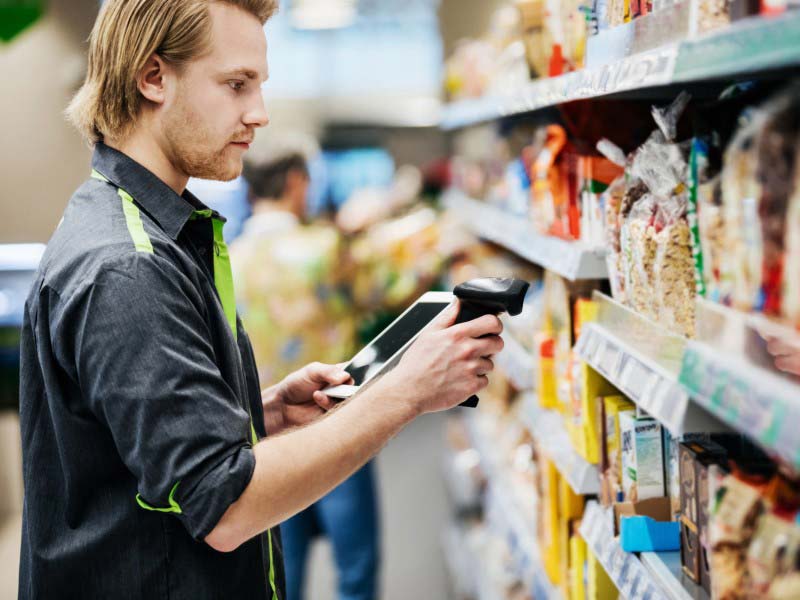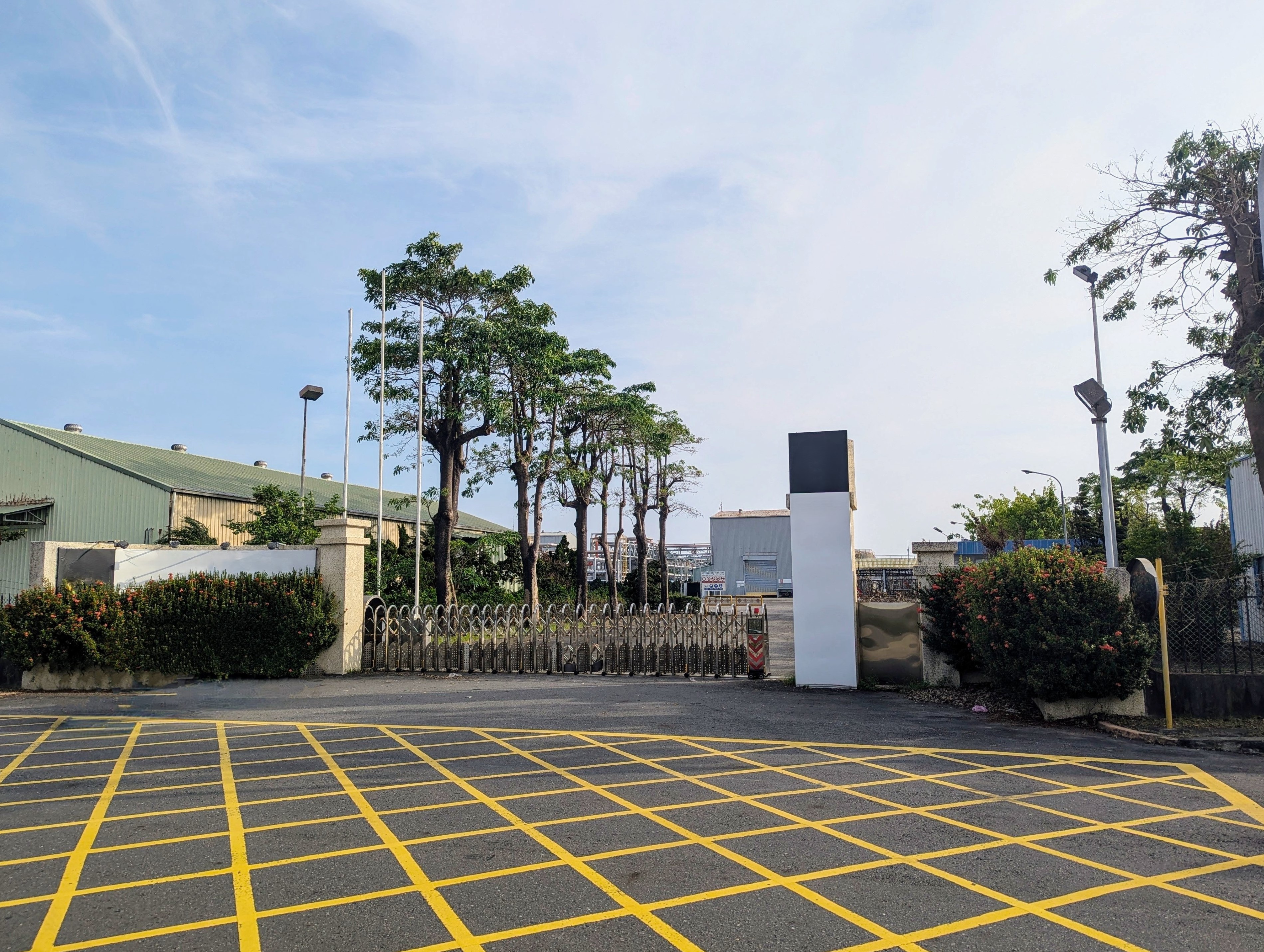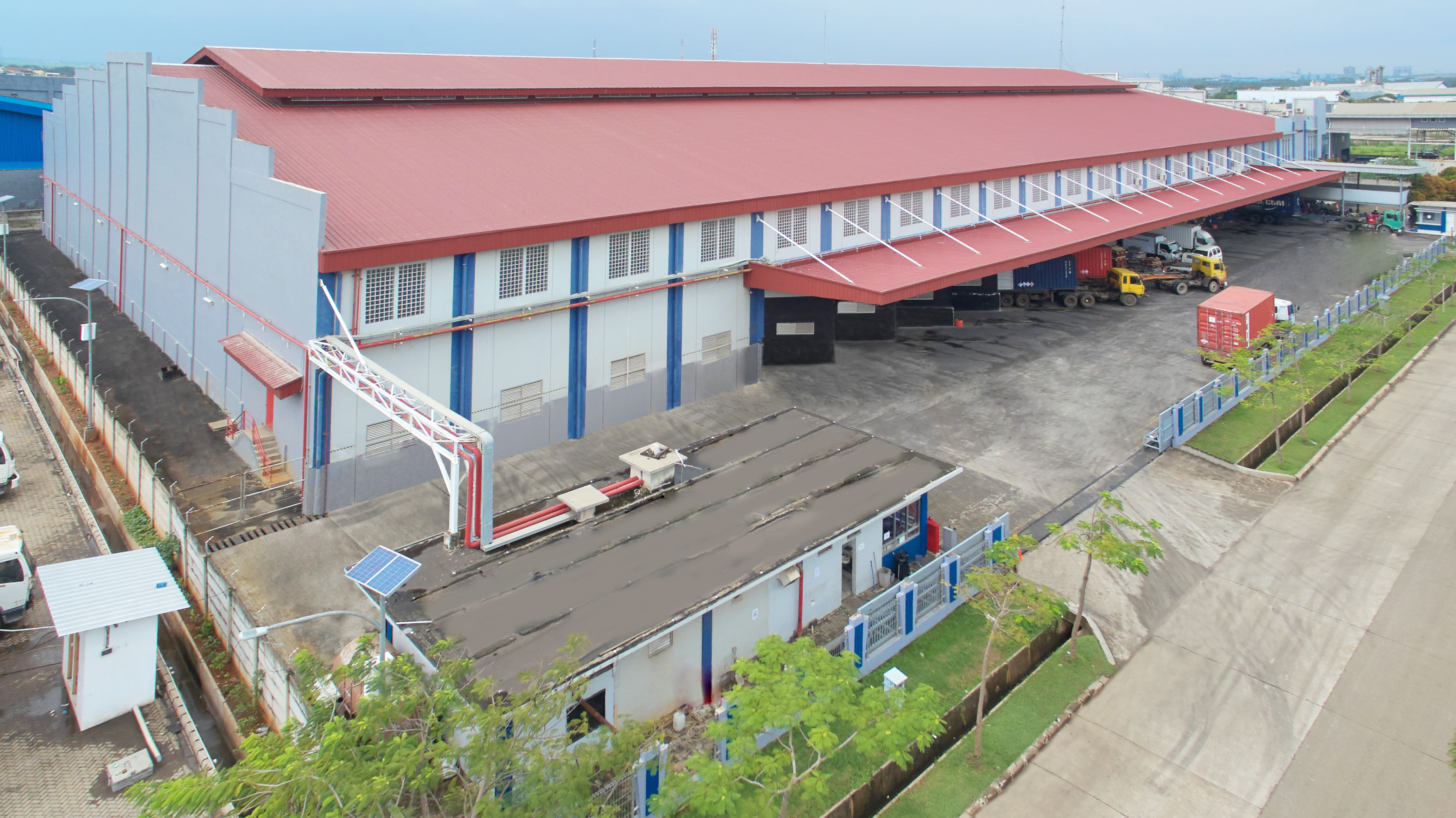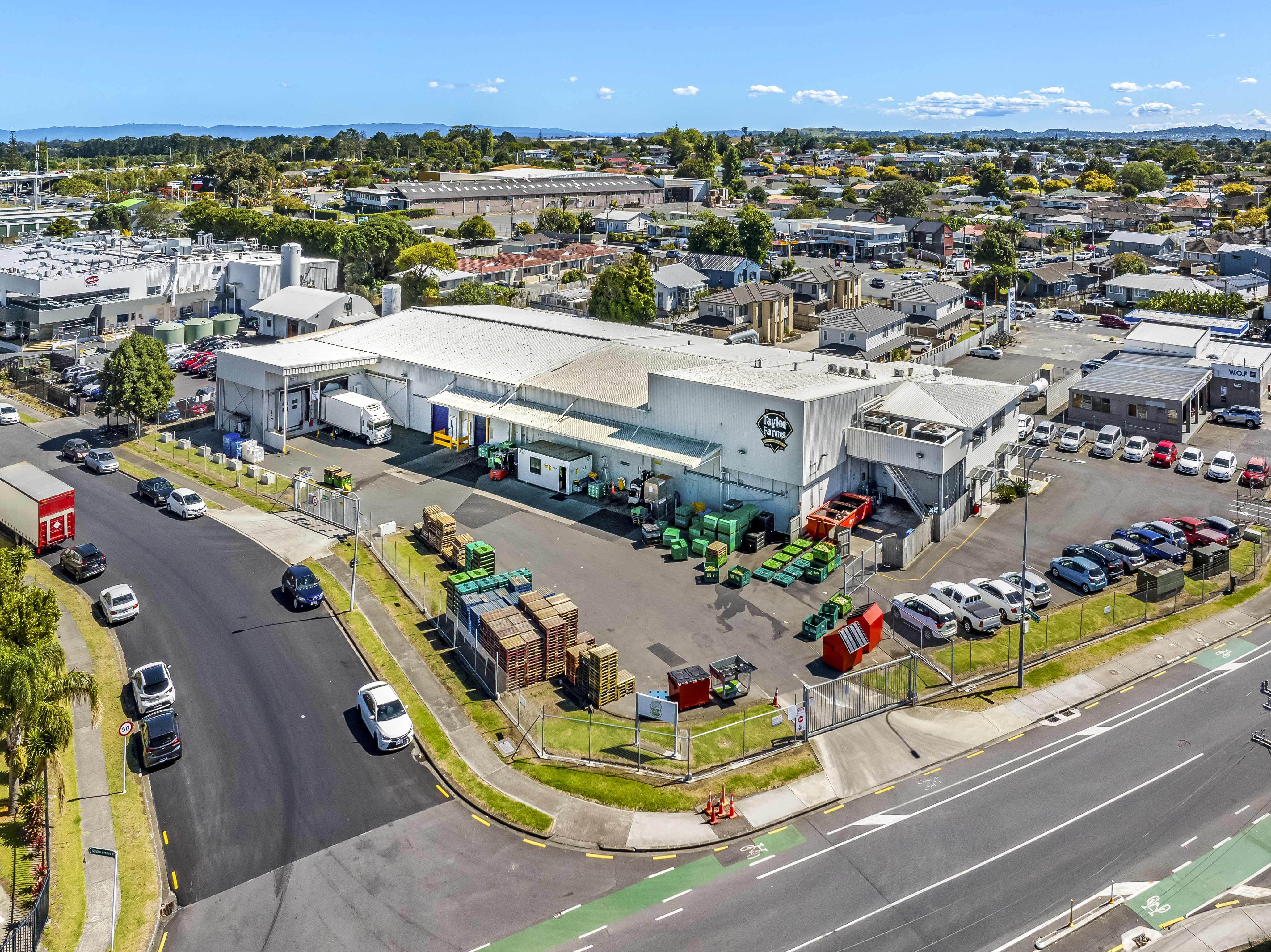Dark stores gain traction amid online shopping boom
Warehouses designed to service home delivery are the future of post-Covid-19 retail
As online shopping skyrockets during the coronavirus pandemic, companies have been racing to refine their storage and distribution processes, increasing the demand for so-called ‘dark stores’.
Dark stores are small functional spaces, laid out like a supermarket, or warehouses, dedicated to fulfilling online orders. Some are automated and therefore don’t need lights, giving the concept its name.
While retailer demand for dark spaces has been increasing over recent years, the ongoing COVID-19 pandemic has seen more opt for this type of space. Wide-ranging restrictions have limited the number of shoppers inside physical stores, or forced complete closures, driving more people to shop online.
Dark stores will play a key role for retail, well beyond the recent pandemic, says Peter Blade, head of industrial, Western Sydney, JLL.
“The pandemic has forced new cohorts of shoppers to become comfortable with the experience of shopping online, and many won’t go back to their traditional habits. For some retailers this has meant they can convert their bricks and mortar stores into dark stores, with the benefit of being located close to population centres for rapid delivery,” he says.
Globally, ecommerce sales increased 209 percent in April compared to the same period last year, as millions of consumers flocked to the convenience and safety of online purchasing, according to payment systems company ACI Worldwide.
Supermarket chains such as Tesco in the UK, Coles and Woolworths in Australia, and Walmart, in the United States had already been operating dark stores prior to the pandemic in order to compete with the rapid turnaround times of disruptive online retailers.
Coles launched its first online-only store in inner-city Melbourne, in 2016 after it saw a leap in online sales and found its aisles were becoming increasingly congested with the bulky trolleys fulfilling online orders. This store had a dedicated team picking stock for online customers living within a 5 kilometre radius.
In the United States, Walmart, along with retailers including Albertsons, and Stop & Shop, have been building automated mini warehouses inside their stores, using robots to save on the cost of workers manually picking goods.
Looking for more insights? Never miss an update.
The latest news, insights and opportunities from global commercial real estate markets straight to your inbox.
But the cost savings are not just in labour. Due to their proximity to the customer base, deliveries from these smaller fulfilment stores can be up to two times less expensive than from large centralised warehouses, according to a report produced by US investment bank, Jeffries.
And since they don’t need to exist on prime real estate, such as high streets and shopping malls, there is potential for further savings in rent.
However, for many retailers, the switch to dark stores has been more reactionary. Australian retailers including Westfarmers-owned Kmart, and footwear stores Platypus and The Athlete’s Foot, owned by Accent Group are among those to have closed many of their stores to customers during the pandemic while retaining staff to be inventory ‘pickers’, to fulfil drive-through collection, kerbside pick-up or delivery.
Structural shift
COVID-19 has prompted a gear shift in online retailing and the supply chains that support it.
This was writ large at the height of the pandemic in March, when Coles and Woolworths in Australia became so overwhelmed by demand they had to temporarily shut down their home delivery services. They have since reopened with an expanded networks of last mile delivery partners.
Going forward, retailers are likely to make adjustments to their existing space while also looking for new, strategic locations, says JLL’s Blade.
“In major supermarket warehouses we’re going to see significant space reconfigurations as more space becomes dedicated to servicing online orders.
“But at the same, we might see dedicated dark stores in south Sydney, in the northwest, and Homebush, or central west, which are all strategic hubs to service populous areas.
“A lot of industrial land has diminished in south Sydney due to the demand for more valuable residential and mixed use development, but with the shift to online shopping prompted by coronavirus, we might see that trend reverse, or at least halt.”
Coles has since signed leases for two new distribution centres, covering 60,000 square metres, to boost its online home delivery platform.
Investment Opportunities
It comes after the chain made a deal last year with Ocado Group to bring the British company’s online grocery platform, automated fulfilment technology and home delivery solution to Australia, joining a number of large overseas grocery retailers that have done the same.
Non-food retailers are also likely to make permanent adjustments, investing in their online platforms, while considering what makes a bricks and mortar store viable.
Establishing trends are now becoming important strategies, Blade says.
“There is only one direction this can really go, however the scale to which companies move in this direction, and into full automation will also be predicated on whether population growth can sustain it.”
Contact Peter Blade
Head of industrial, Western Sydney, JLLWhat’s your investment ambition?
Uncover opportunities and capital sources all over the world and discover how we can help you achieve your investment goals.




